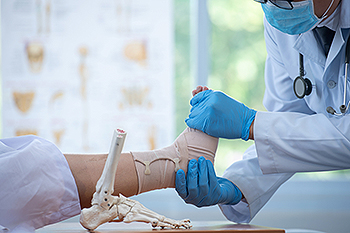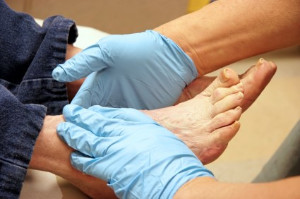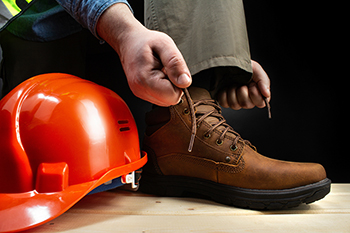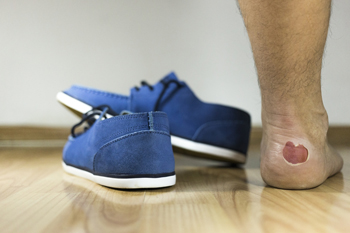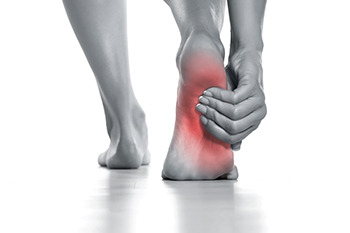
Heel pain, a prevalent discomfort that can significantly impede mobility, stems from various underlying factors. One frequent culprit is plantar fasciitis, marked by inflammation of the thick tissue connecting the heel to the toes. This condition often results from excessive strain, causing stabbing pain near the heel, especially during the first steps in the morning. Achilles tendonitis, another common source of heel pain, occurs when the tendon connecting the calf muscles to the heel becomes inflamed, leading to discomfort and stiffness. Heel spurs, bony protrusions at the base of the heel, can develop due to prolonged inflammation, sometimes causing pain. Additionally, stress fractures, often linked to overuse or repetitive impact, can manifest as localized heel pain. Understanding these diverse causes is pivotal in addressing heel pain effectively. If you have heel pain for any reason, it is strongly suggested that you are under the care of a podiatrist who can offer you helpful treatment remedies.
Many people suffer from bouts of heel pain. For more information, contact one of our podiatrists of Canonsburg Podiatry Associates. Our doctors can provide the care you need to keep you pain-free and on your feet.
Causes of Heel Pain
Heel pain is often associated with plantar fasciitis. The plantar fascia is a band of tissues that extends along the bottom of the foot. A rip or tear in this ligament can cause inflammation of the tissue.
Achilles tendonitis is another cause of heel pain. Inflammation of the Achilles tendon will cause pain from fractures and muscle tearing. Lack of flexibility is also another symptom.
Heel spurs are another cause of pain. When the tissues of the plantar fascia undergo a great deal of stress, it can lead to ligament separation from the heel bone, causing heel spurs.
Why Might Heel Pain Occur?
- Wearing ill-fitting shoes
- Wearing non-supportive shoes
- Weight change
- Excessive running
Treatments
Heel pain should be treated as soon as possible for immediate results. Keeping your feet in a stress-free environment will help. If you suffer from Achilles tendonitis or plantar fasciitis, applying ice will reduce the swelling. Stretching before an exercise like running will help the muscles. Using all these tips will help make heel pain a condition of the past.
If you have any questions please contact our office located in Canonsburg and McMurray, PA . We offer the newest diagnostic and treatment technologies for all your foot and ankle needs.
